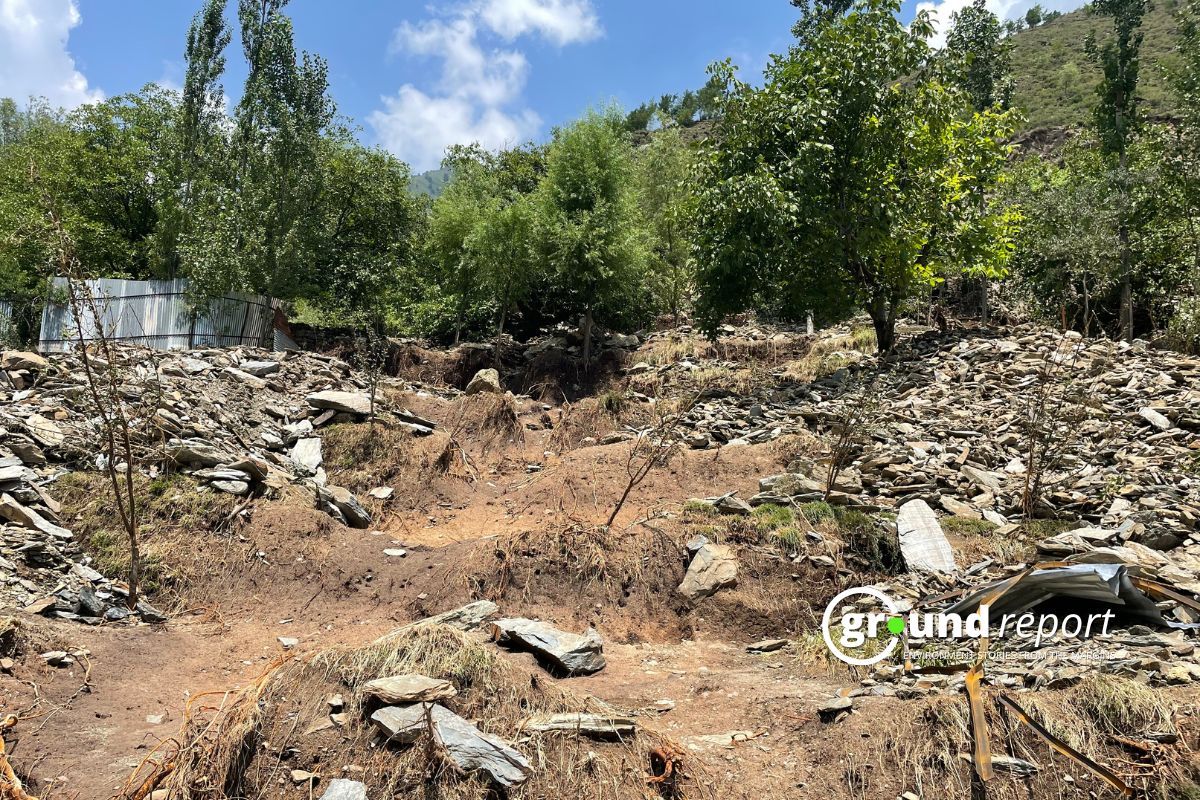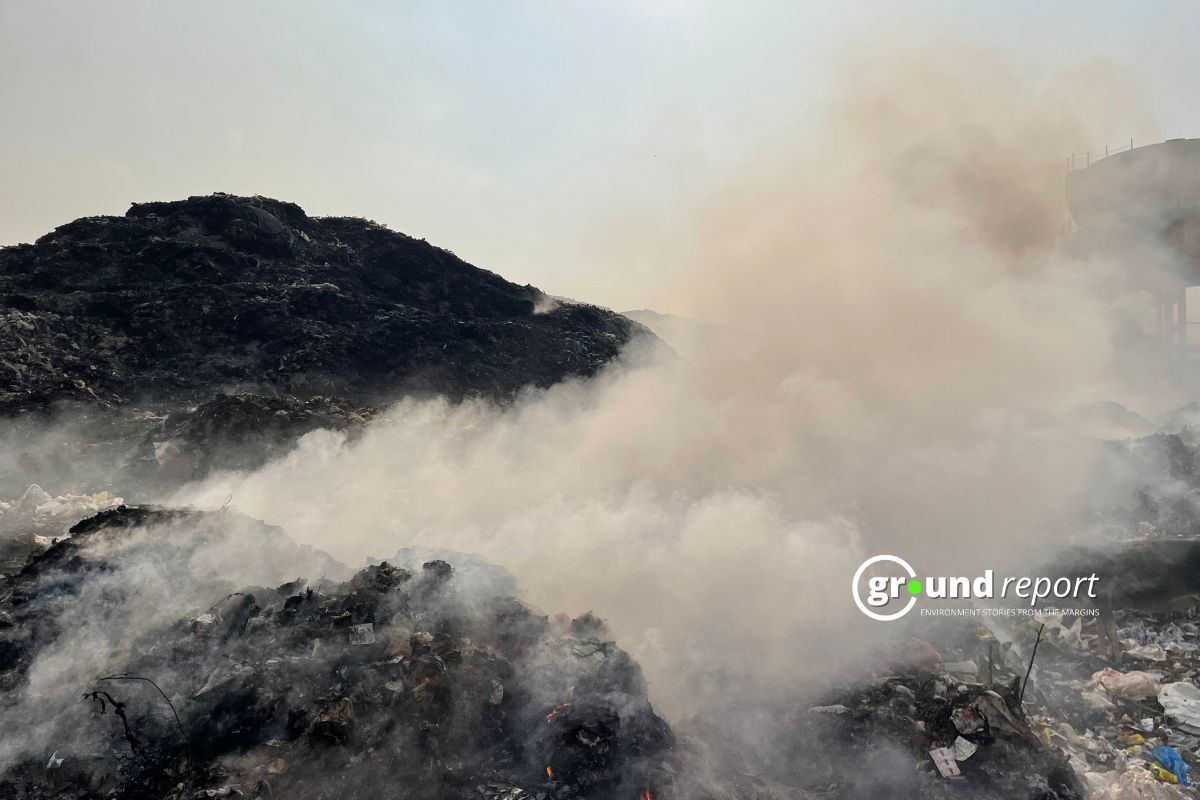Australia has warmed by more than 1.5 degrees Celsius since high-quality records began in 1910, according to the new State of the Climate 2024 report.
The warming of the climate has already led to more extreme heat events such as single hot days and heatwaves, changing rainfall patterns and more bad fire weather.
Annual average air temperature is a vital benchmark of our changing climate.
There are variations year to year, but tracking the long-term trend over many decades tells us about underlying climate change.
Australia’s official temperature record shows Australian temperatures warmed by 1.51 degrees from 1910 to 2023.
There are other nations that have already warmed by more than 1.5 degrees, including Canada that has warmed by around 2 degrees.
There are various reasons why some other nations have warmed faster than Australia, including their larger land mass and feedbacks from melting snow and ice.
Australia breaching this 1.5 degrees threshold is a notable milestone of our warming climate.
Think global, act local
But national changes are not the same thing as the goal of the Paris Agreement which is to keep global temperatures well below 2 degrees and aim for 1.5 degrees.
These global limits are significant because they have long been touted as the benchmark under which we want to limit global warming to avoid the worst impacts of climate change.
Even at 1.5 degrees warming, the world is projected to experience increased climate change risks to natural and human systems, and we increase the chances of triggering global climate tipping points.
These goals are based on the global average air temperature, including the air temperature over oceans.
The world is not at 1.5 degrees yet, mainly because oceans warm slower than land.
This is due to water being able to absorb more heat before it rises in temperature — known as its heat capacity — but other factors as well such as evaporation and how clouds and the atmosphere behave over water compared to land.
But we are rapidly approaching 1.5 degrees.
The world is currently at about 1.2 degrees, with an estimated date of breaching 1.5 degrees of around 2030.
February 2023 to January 2024 marked the first 12-month period where the world recorded an average warming above 1.5 degrees — an event that was expected before the long-term average, measured over decades, gets to the same level.
The global warming benchmarks from the Paris Agreement are relative to the 1850 to 1900 period, which is taken as the period closest to the pre-industrial era for which there are observations over a reasonable proportion of the globe.
Between this baseline and the last decade 2011 to 2020, the world warmed by around 1.1 degrees.
Evidence suggests that over the same period, Australia likely warmed by around 1.6 degrees, about the same amount as the average for global land areas as a whole, and already more than the 1.5 degrees milestone. But we now have confirmation from the official record.
It’s important to know about warming at global and local scales so that we’re aware of both the global impacts of climate changes and the impacts we’re likely to experience at a more local level.
For example, if we know how much Australia has warmed by, we can gauge things like how much more likely heatwaves are.
State by state
But warming in Australia doesn’t occur uniformly across the country.
Looking at how much the country has warmed since 1910 reveals different states and territories have warmed by varying amounts.
This reflects the fact that the strongest warming has occurred in arid regions of the eastern interior far from ocean influence.
Along the southern coast warming has been slower, due to the moderating influence of the Southern Ocean which is one of the world’s more slowly warming regions.
Northwestern Australia, where rainfall has increased in recent decades, has also seen slower warming due to increased cloud cover.
What does an increase of more than 1.5 degrees mean?
A change of 1.5 degrees may seem small — people personally experience temperature changes much greater than this over the course of a day.
But this is a change in the climatological average — the average of all days over a period such as 30 years — and as such represents a profound change in our climate system.
Imagine how much energy it takes to warm the oceans, land and air. It is a mind-boggling amount.
In fact, while air temperature is a useful benchmark, the heat content of the ocean — or how much heat it absorbs — is a direct measure of the extra energy in the system due to global warming, as around 90 percent of the extra energy goes into the ocean.
Some people have compared that to be equivalent to about 1.5 Hiroshima-size atomic bombs per second over the last approximately 150 years.
Ocean heat content has shown a steady increase for decades as reported in the State of the Climate.
This is also reflected in how much the temperature of the world’s oceans have risen over the last century and marine heatwaves are also getting worse.
A warming climate means more hot extremes and fewer cold extremes on average or more extremely hot days but not as many really cold days.
There are also flow-on effects such as rising sea levels — which globally have risen more than 22cm since 1900 — and heavier extreme rainfall events which have become more intense.
All these changes have impacts on human health, ecosystems, biodiversity and much more.
Where to from here?
Australia reaching 1.5 degrees is in one sense an arbitrary milestone, just as the 1.5 degrees and 2 degrees global limits are. They are handy round numbers to track our changing climate.
These have been taken as convenient rules of thumb for dangerous climate change that we want to avoid, including from extreme events and disruptions, water stress, sea level rise and much more.
But these round numbers are not a hard threshold where everything magically changes, the evidence suggests we need to limit further warming to the lowest we can.
We are already seeing the impacts of a changing climate before the world breaches 1.5 degrees.
And our continued use of fossil fuels and other human influences on the climate, has baked in further warming.
It’s thought that the further the planet warms above the 1.5 degrees threshold the effects and impacts are going to get notably worse which is why every fraction of a degree matters.
This content is originally published under the Creative Commons license by 360info™. The Ground Report editorial team has made some changes to the original version.
Support us to keep independent environmental journalism alive in India.
Keep Reading
Govt shelves elephant census, population drops 20% in 5 years
Wildlife SOS mourns passing of Suzy, 74, oldest rescued Elephant
Asian Elephants display complex mourning rituals similar to humans: study
Asian Elephant populations threatened by rapid ecosystem decline
Follow Ground Report on X, Instagram and Facebook for environmental and underreported stories from the margins. Give us feedback on our email id greport2018@gmail.com.
Don’t forget to Subscribe to our weekly newsletter, Join our community on WhatsApp, and Follow our YouTube Channel for video stories.










